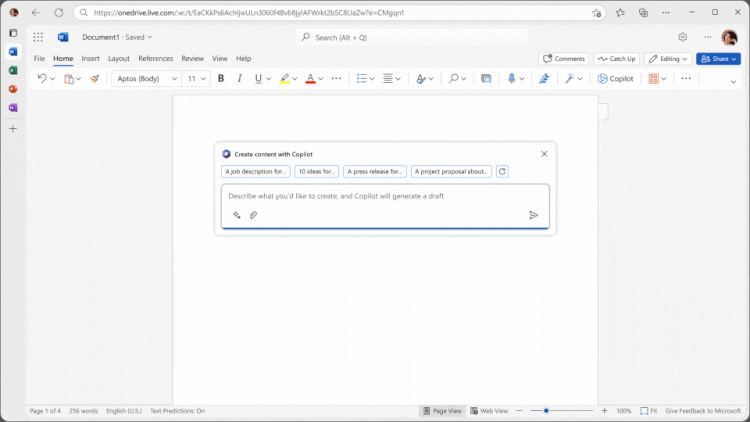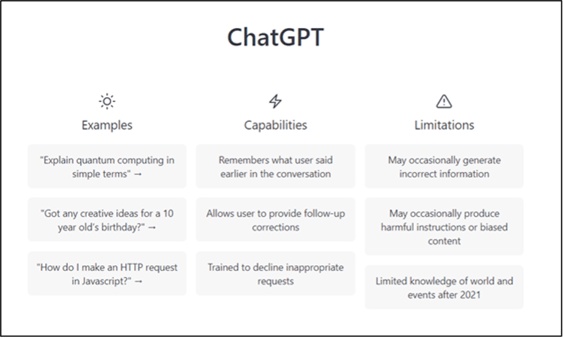IA Insights > Blog
Will AI Eliminate the Need for Meeting Facilitation Skills?
Will AI Eliminate the Need for Meeting Facilitation Skills?
A few years ago, I moved into a new home. The home had ‘good bones’ as they say in the real-estate industry. It was well-constructed with an excellent layout and flow, but it needed some updates. One update I prioritized was refinishing the original oak hardwood floors, including replacing a few damaged boards.
Refinishing and repairing hardwood floors isn’t a task for the faint of heart. It requires a team of experienced and skilled craftspeople with high detail orientation and precision to remove damaged boards, weave in new boards to appear original, and carefully sand down the wood before refinishing with a new stain color and topcoat.
During the first meeting with the refinishing company, the owner pulled out a laser distance measurer device from his pocket and quickly measured all the room dimensions within a matter of seconds. I had never seen this tool before and was amazed. It was fast, precise, and fun to watch.
AI-powered language models, such as ChatGPT, can feel similar. They are relatively new tools that are fast, fun, and rapidly gaining attention in the media for the promise of disrupting industries and revolutionizing how work gets done. How does this new technology relate to your work? In this article, I’ll summarize recent advancements in artificial intelligence, the impact these technologies can have on everyday meetings, and conclude with some lessons and insights to take into the future.
What is artificial intelligence (AI) and some recent advances?
AI is all about building systems that act like humans. The promise is for humans to be freed up from repetitive tasks to be more inventive and strategic. Emerging AI technologies aim to improve operations, decision-management, and customer service. You’ve likely come across virtual agents (such as Google Assistant and Amazon Alexa) or interacted with a website customer service chatbot.
“Generative AI” is the more specific term that falls under machine learning to describe a type of artificial intelligence that generates new content (text, images, music). The most hyped tool right now is ChatGPT, a chatbot launched by the company OpenAI in November 2022 that can answer almost any question asked in a human-like response. The tool was built by using large amount of text data from the internet and human trainers to manually “rank” responses the model creates. It requires enormous costs and computing power to develop and maintain. In January 2023, Microsoft announced its plan for a “multiyear, multibillion dollar investment” in OpenAI, rumored to be $10 billion.
On March 16, 2023 Microsoft announced the introduction of Microsoft 365 Copilot through a live stream event on LinkedIn. Copilot combines the power of large language models, your existing data (such as your calendar, emails, chats, documents, meetings), and the Microsoft 365 apps to turn your words into commands that can produce amazing outcomes. It is powered through the new GPT-4 model from OpenAI and will sit alongside Microsoft 365 apps like a personal assistant. I watched this livestream with about 12,000 other individuals worldwide and was blown away. Users can summon the tool to provide information about an upcoming meeting, summarize a document, create a presentation in PowerPoint from notes in Word, or analyze data in Excel. It will even build a proposal based off notes in Word as seen below. Microsoft is testing 365 Copilot with 20 customers and will be expanding a preview in coming months, including pricing.

Copilot in Word. Image: Microsoft
How does the technology apply to everyday meetings?
From a meeting design perspective, the technology can be an asset to generating creative ideas such as interactive activities, listing of potential questions to ask around a certain topic, or providing a summary based on a meeting transcript.
In February 2023, Microsoft launched Microsoft Teams Premium to include OpenAI’s GPT framework. The promise: “work smarter, not harder”. Dubbed the ‘intelligent recap’, you’ll automatically get generated meeting notes, recommended tasks, and prioritized highlights. Included is a ‘personalized timeline marker’, which highlights at a personal level when you left a meeting so you can catch up after on what you missed. AI promises to generate notes automatically in addition to suggested action items. Finally, AI promises the ability to see real-time captions in different languages (over 40 supported languages)! This feature could be very useful for those who conduct international virtual meetings.
As an AI-powered language model, ChatGPT can be a valuable asset in online meetings. Here are a few ways ChatGPT can be used:
- Note-taking: ChatGPT can take notes during meetings and provide a summary of the discussion afterward. This can be helpful for keeping track of important points and decisions made during the meeting.
- Q&A: ChatGPT can answer questions that come up during the meeting, such as definitions or explanations of concepts. This can be especially helpful for participants who may not be familiar with certain terms or topics.
- Icebreakers: ChatGPT can suggest icebreaker questions to help break the ice and get participants engaged in the meeting. This can be especially helpful for virtual meetings where participants may not know each other very well.
- Translation: ChatGPT can translate messages or discussions in real-time for participants who speak different languages. This can be especially helpful for international teams or meetings that involve participants from different countries.
Overall, ChatGPT can be a helpful tool for online meetings, providing support for note-taking, Q&A, icebreakers, and translation.
For reference, the above paragraph was quickly written by conversational AI tool ChatGPT after I gave it a command to, “write a summary message of how Chat GPT can be used in online meetings”.

Lessons and Insights
1. Recognize limitations and potential biases
First, recognize that these are trained models and only as good as the inputs they receive (from the trainer and the end user). As ChatGPT highlights on their sign-up page, the GPT-3 model only knows current events up to 2021. The system can also generate incorrect or misleading information.
The output of information may not always be consistent with human expectations. The information may not be helpful, wrong facts could be conveyed, or it could be difficult to understand how the model arrived at a particular decision. Furthermore, a language model that is trained on data that is biased may reinforce biased information, even if that was not the instruction or intention. During the live stream session on March 16, all the Microsoft presenters, including CEO Satya Nadella, mentioned the possibility for AI tools to provide incorrect information. They highlighted that verification is everything. I personally loved the 365 Copilot framing and buttons around verifying the information, refining the information, and finally posting.
2. AI is complementary to a facilitator, not a competitor
As a meeting leader or facilitator, guiding the process during a meeting helps to drive results. Generative AI can be an amazingly powerful tool in regards to producing an entire meeting transcript or summary of suggested action items. However, it is not perfect. Recognize the power you have in guiding the conversation and building small agreements throughout the meeting. AI may be able to surface a suggested action item, but it is up to the meeting leader to ensure and verify a true and full agreement is built with meeting participants around the task, task leader, and due date.
3. The HUMAN role is necessary in facilitation
The human touch is where we will thrive. Advocates of Generative AI highlight that it will free us from repetitive tasks such as generating content. Detractors highlight that it opens the possibility of delivering potentially damaging, inaccurate, or biased information. The reality is probably somewhere in the middle. To use it for its greatest effect, meetings require a person to manage/facilitate the meeting process. Humans will need to take a very active role in reviewing and editing the content to ensure outputs are factually correct.
For meeting leaders and facilitators, I do not see AI taking over your role anytime soon. If anything, the need of skilled meeting facilitators who understand how to leverage group dynamics and technology will only accelerate and be of critical importance. There is amazing promise in enhanced productivity of knowledge workers with AI tools. But these tools must be used responsibility, accuracy, and skillfully.
4. AI can be integrated with people and processes
Finally, for over 50 years, Interaction Associates has been providing mental framework ‘tools’ and shared language to help people lead, meet, and work better together. These tools have been used by many of the world’s most dynamic companies to help engage stakeholders, make meetings more focused and productive, and clarify how decisions are to be made to reach business outcomes. Realize that advancements in artificial intelligence are another set of tools, but it is not a panacea.
Like a master carpenter, you must choose and implement the correct tool within your toolbox for the job. Achieving the results we want requires the skillful integration between people, process, and technology – and for that, the vital importance of a skilled leader or meeting facilitator.
Ready to take your facilitation and leadership skills to the next level? Learn more about our popular programs, Essential Facilitation™ and Facilitative Leadership®, and how you can become a skilled and effective facilitator and leader. Learn the essential tools and techniques to guide groups through complex discussions and decision-making processes, as well as to lead with empathy and strategic vision. Take the first step towards becoming a master facilitator and leader!
About Chris Williams
Chris’ experience includes work in operations, recruiting, and complex research. He has supported senior-level executives in a variety of industries including economic development, government contracting, and strategy consulting. Chris holds a BA in Political Science from the University of North Carolina at Chapel Hill and a Masters in Public Administration (MPA) from the University of North Carolina at Wilmington.





